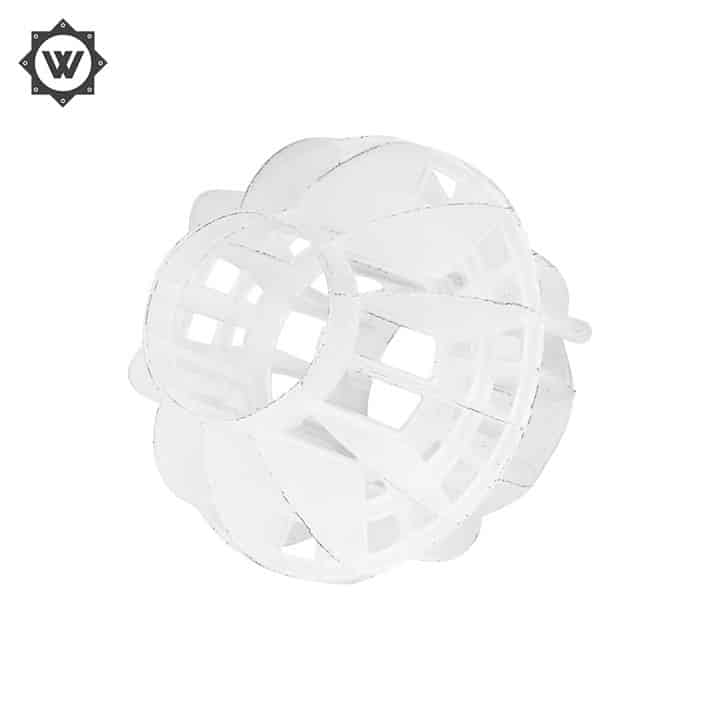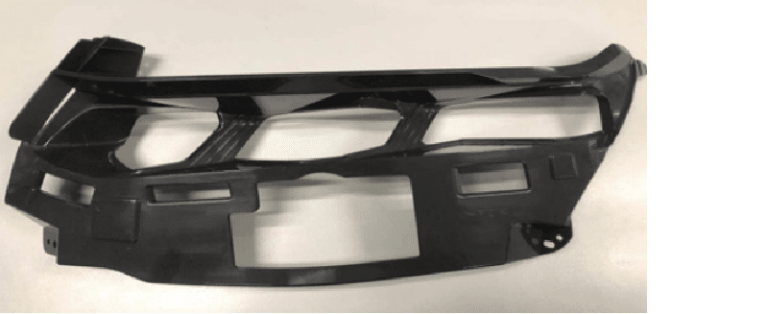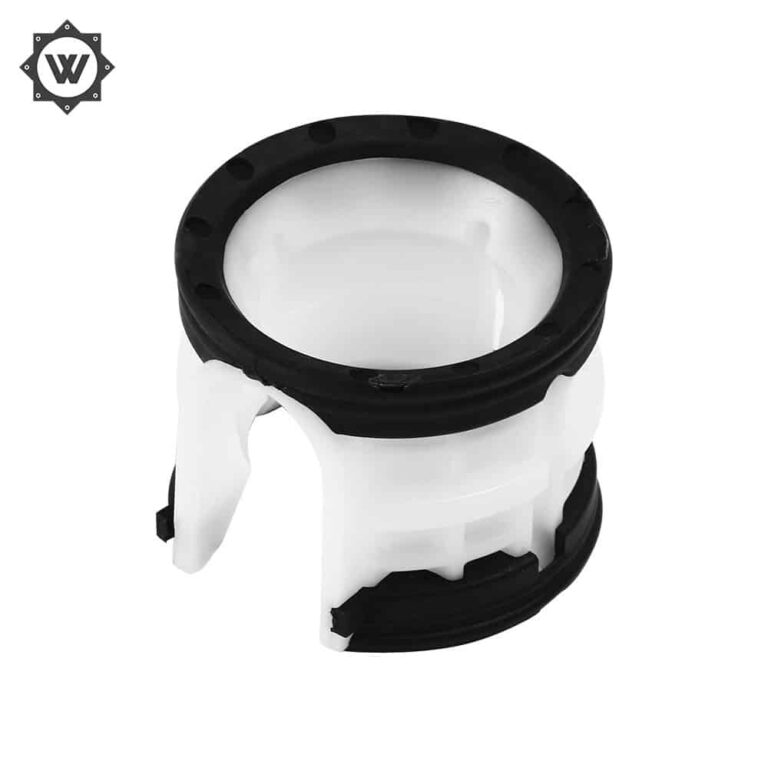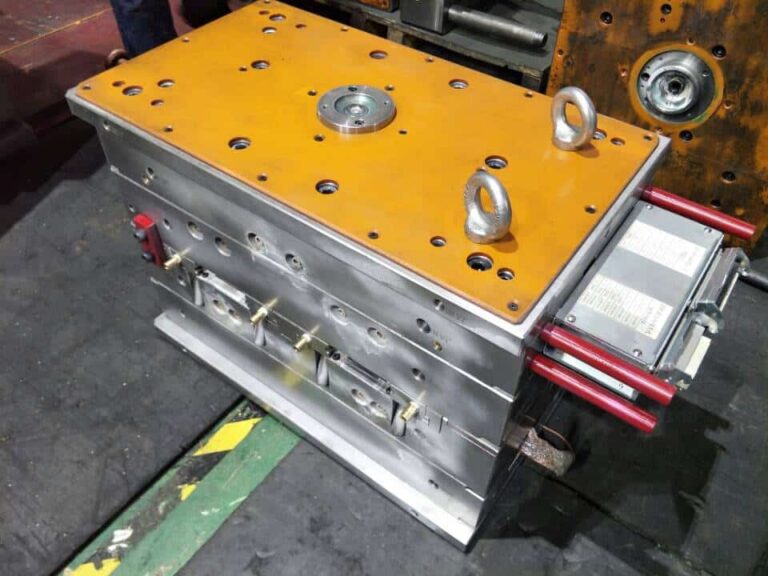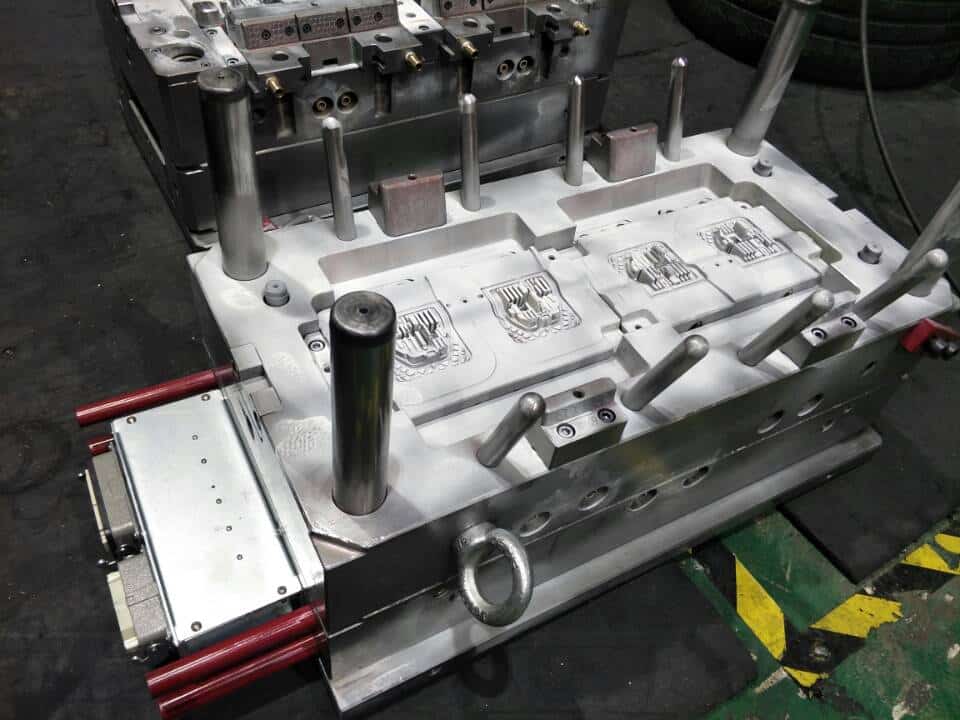
, blow molding, extrusion, die-casting or forging molding, smelting, stamping and other methods. In short, the mold is used to make the tool of molding items, this tool consists of various parts, different mold consists of different parts. It mainly realizes the processing of the shape of the article through the change of the physical state of the material being molded.
1
Effect of mold temperature on product appearance
Higher temperatures improve the flow of the resin, which usually results in a smooth and shiny surface of the part, especially improving the surface aesthetics of glass fiber reinforced resin parts. It also improves the strength and appearance of the fusion line.
As for the etched surface, if the mold temperature is low, it is difficult to fill the melt to the root of the texture, which makes the surface of the product appear shiny and “transfer” the real texture of the mold surface, and raising the mold temperature and material temperature can make the surface of the product get the ideal etching effect.
2
Influence on the internal stress of the product
The formation of internal stress is basically due to the different heat shrinkage rate during cooling, when the product is formed, its cooling is gradually extended from the surface to the interior, the surface first shrinks and hardens, and then gradually to the interior, in this process due to the difference between the speed of shrinkage and internal stress.
When the residual internal stress inside the plastic part is higher than the elastic limit of the resin, or under the erosion of certain chemical environment, the surface of the plastic part will be cracked. Studies on PC and PMMA transparent resins show that the residual internal stresses are compressive in the surface layer and tensile in the inner layer.
While the surface compressive stress depends on the cooling condition of the surface, a cold mold causes the molten resin to cool down rapidly, resulting in a high residual internal stress in the molded part. The mold temperature is the basic condition to control the internal stress, and a slight change of mold temperature will have a great change on its residual internal stress. Generally speaking, each product and resin has its own lower mold temperature limit for acceptable internal stresses. When molding thin wall or long flow distance, the mold temperature should be higher than the lower limit for general molding.
3
Product warpage
If the cooling system of the mold is not designed properly or the mold temperature is not controlled properly, insufficient cooling of the plastic part will cause warpage of the plastic part.
For mold temperature control, according to the structural characteristics of the product to determine the temperature difference between the Yang mold and the Yin mold, mold core and mold wall, mold wall and insert, so as to use the different cooling and shrinkage speed of each part of the control mold, the plastic parts tend to bend to the higher temperature side of the traction direction after demolding, to offset the orientation shrinkage difference, to avoid warping deformation of plastic parts according to the law of orientation.
For plastic parts with completely symmetrical shape and structure, the mold temperature should be maintained accordingly, so that the cooling of each part of the plastic part is balanced.
4
Influence the shrinkage rate of products
Low mold temperature makes the molecules “freeze orientation” faster, making the melt in the cavity of the freezing layer thickness increases, while the low mold temperature hinders the growth of crystallization, thus reducing the shrinkage of the product. On the contrary, high mold temperature, the melt cooling slowly, relaxation time is long, the orientation level is low, while favoring crystallization, the actual shrinkage rate of the product is larger.
5
Influence the heat deflection temperature of the product
Especially for crystalline plastics, if the product is molded at a lower mold temperature, the molecular orientation and crystallization are instantly frozen, and when a higher temperature is used or under secondary processing conditions, its molecular chains will undergo a partial rearrangement and crystallization process, making the product deform at even much lower than the heat deflection temperature (HDT) of the material.
The correct approach is to produce the product at the recommended mold temperature close to its crystallization temperature, so that the product is fully crystallized during the injection molding stage, avoiding such post-crystallization and post-shrinkage in the high temperature environment.
In conclusion, mold temperature is one of the basic control parameters in the injection molding process and also a consideration in the mold design. Its influence on the molding, secondary processing and use process of the product cannot be underestimated.

